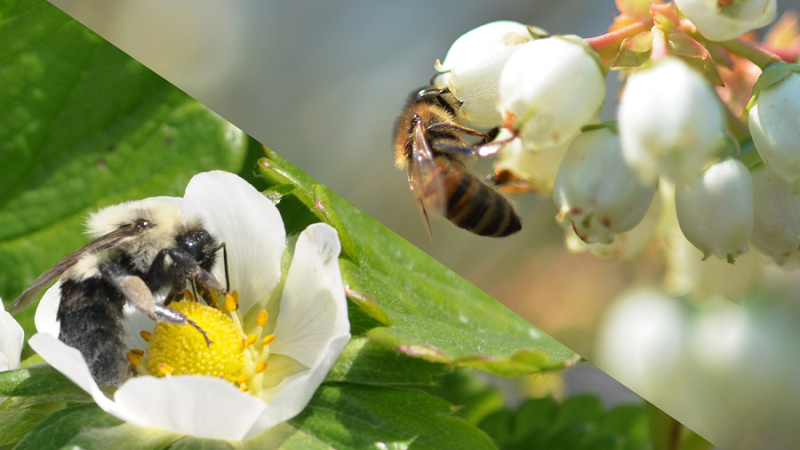Fire Blight Hits Indiana
Fire blight has taken up residence in orchards throughout Indiana, according to the latest FancyFruit newsletter from Purdue University.
Janna Beckerman of the department of botany and plant pathology cautions growers to monitor for the pathogen after severe weather events.
“Secondary spread develops when stormy weather, especially hailstorms, occurs after the primary (blossom) infections. The amount of fire blight that develops after severe weather appears to be directly related to the amount of disease in the orchard, with inoculum levels highest near infected blossoms, cankers, or blighted shoots that were not previously removed. A single droplet of ooze can contain 10 to 100 billion bacteria,” Beckerman writes.
She says cultivars such as Crispin/Mutsu, Fuji, Gala, Ginger Gold, Gravenstein, Jonathan, Ida Red, and Lodi have shown more susceptibility to fire blight.
“At our research plot at Meigs, we have witnessed a severe outbreak of fire blight in the Fuji, Gala, Jonathan, Ruby Jon planting — a ground zero of sorts. This block of super susceptible cultivars acted as a source of inoculum for other cultivars, quickly spreading throughout the block, and then radiating out to those trees adjacent to or downwind from the Fuji, Gala, Jonathan, Ruby Jon planting,” Beckerman writes.
Click here to read Beckerman’s pruning advice.
She also notes in the FancyFruit newsletter that an update of MaryBlyt software has been released. The new update includes functional and cosmetic revisions.
The updates include:
- “Capability to run in international units
- Spray effectiveness module — users can enter a spray efficacy threshold to account for treatments that are less than 100% effective (default value set to 100%)
- Ability to turn on and off the effect that spraying antibiotic has on EIP (Epiphytic Infection Potential) and subsequent blossom blight symptoms (BBS). Users can track symptom development as if they had not sprayed so that BBS can be monitored more effectively and spray effectiveness can be evaluated.
- Re-establishment of the audible warning to alert users when an infection event has occurred and provided a switch to turn it on and off.”
The updated MaryBlyt can be downloaded from West Virgina University Kearneysville Tree Fruit Research and Education Center’s website.










